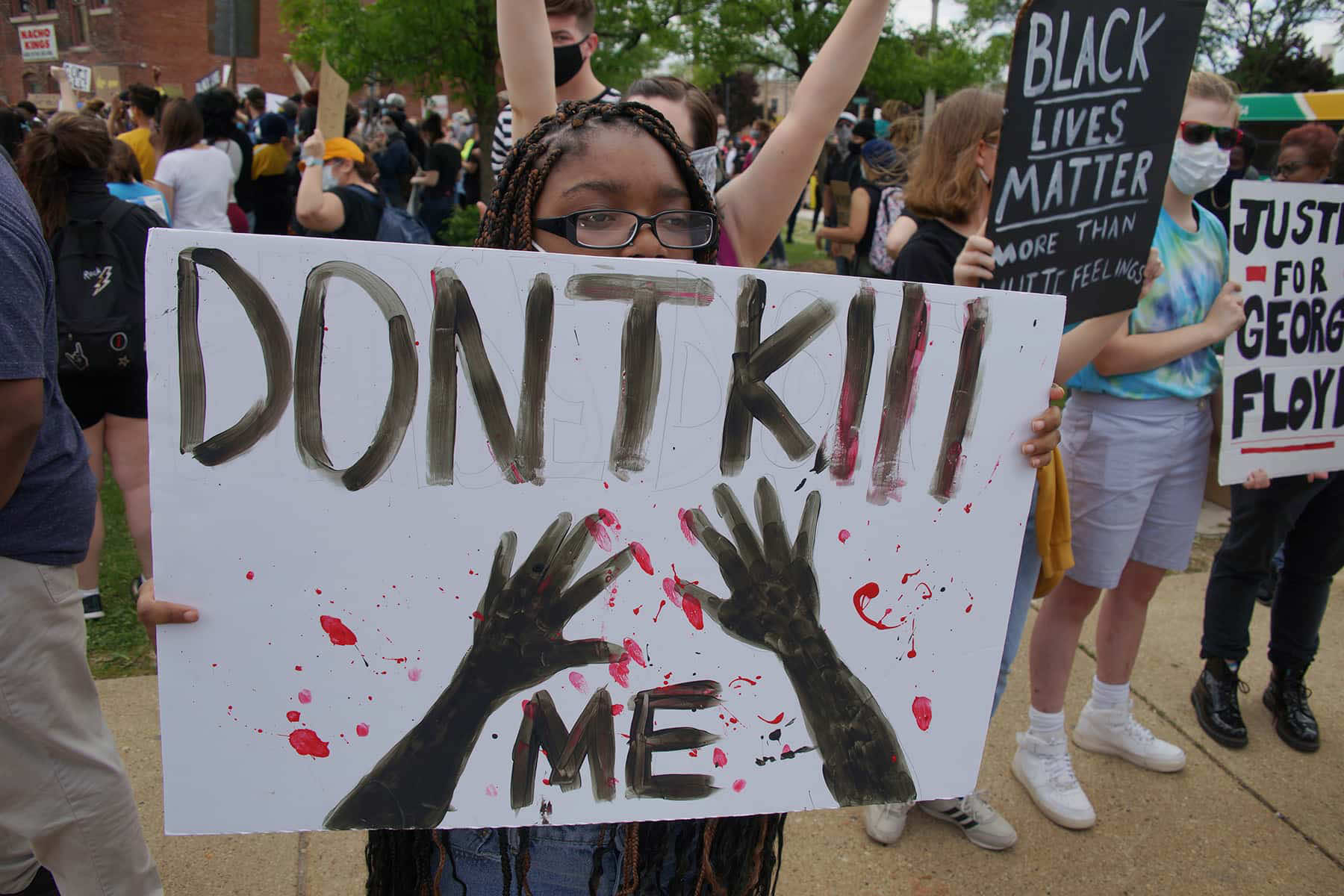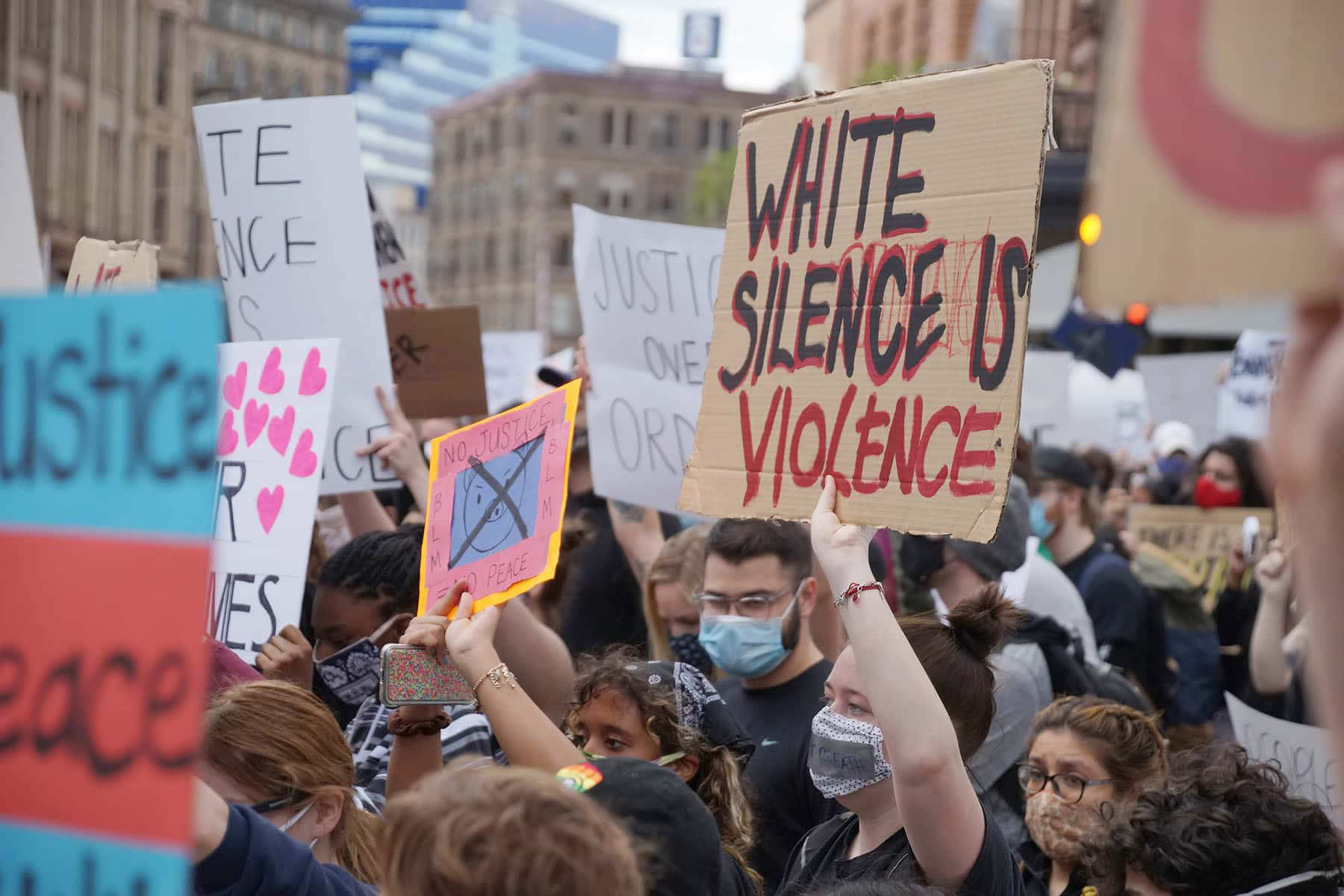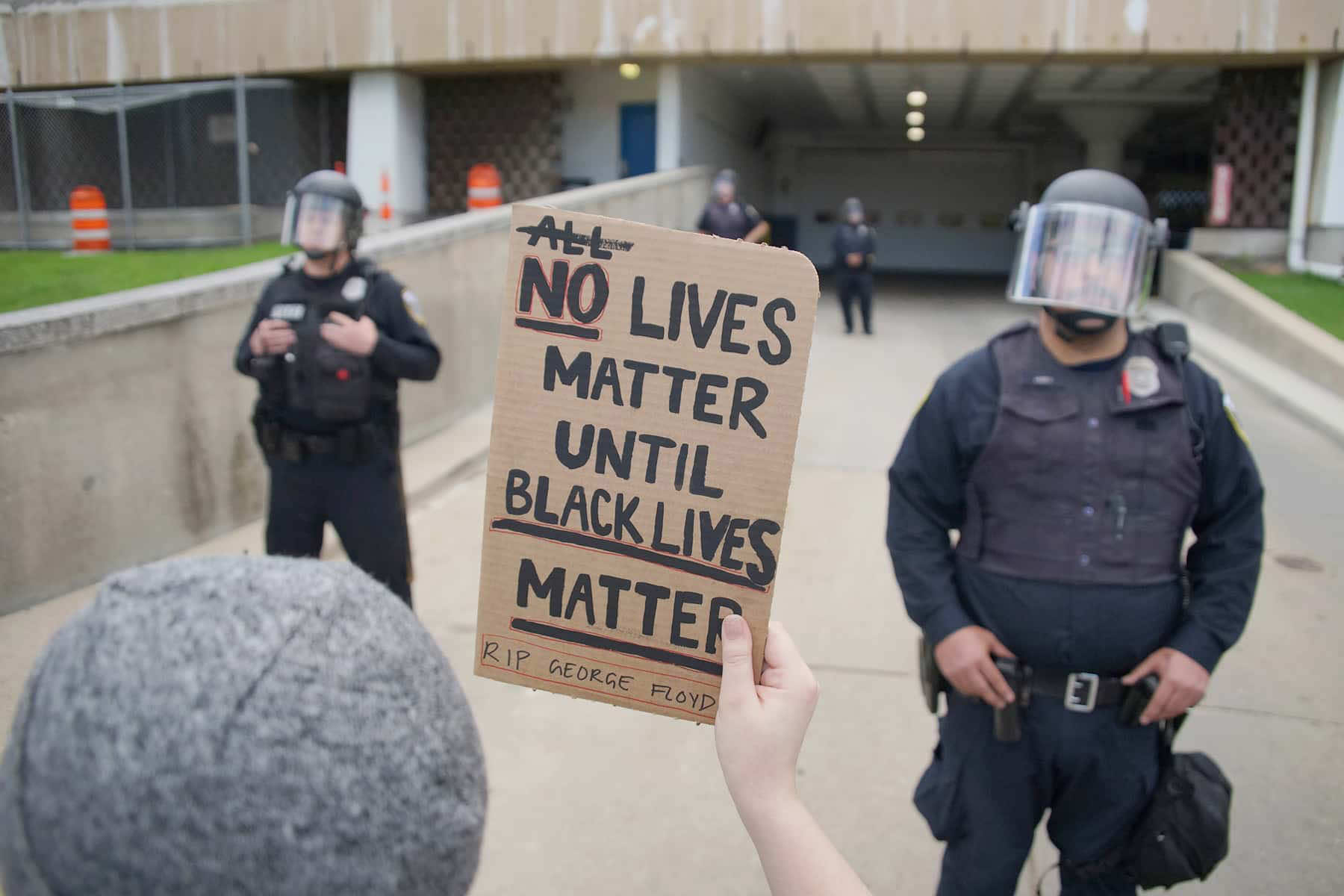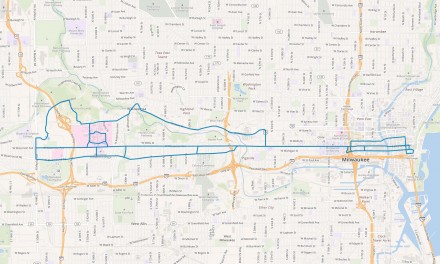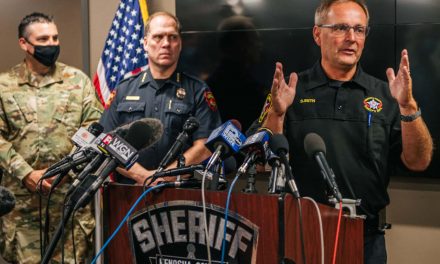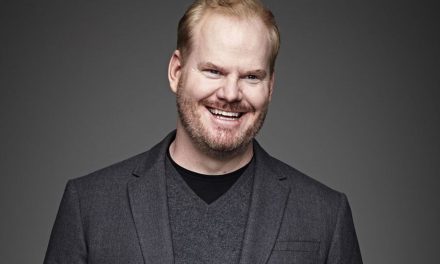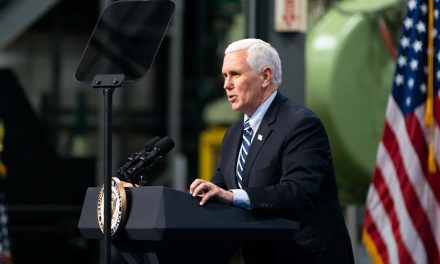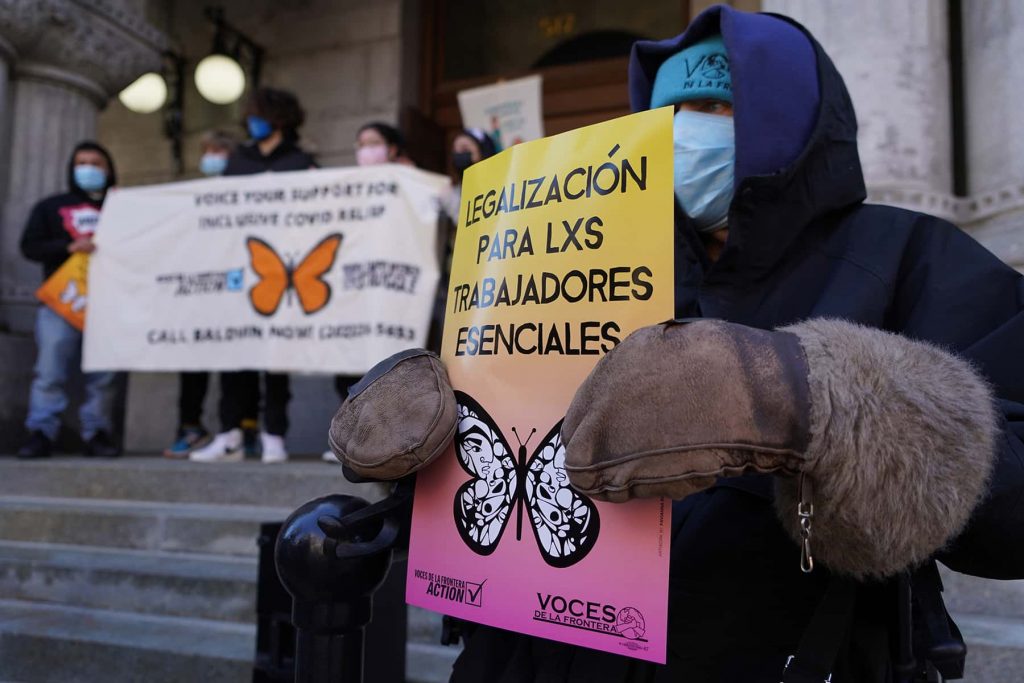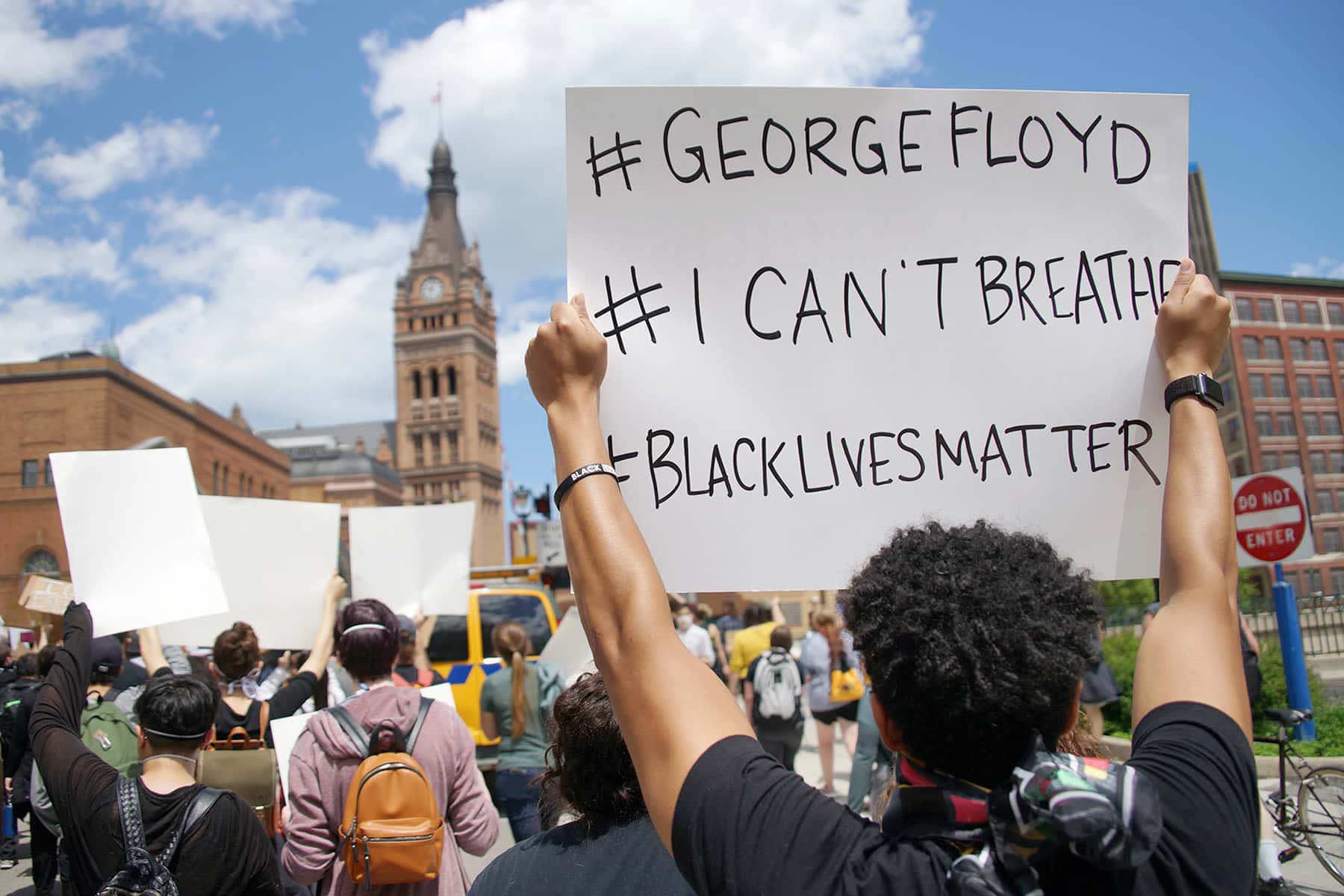
The cellphone footage from Minneapolis, showing a police officer’s knee pressed into George Floyd’s neck for nine minutes and 29 seconds, circulated within hours.
By the evening of May 25, 2020, the video had become a visceral symbol of racial injustice, provoking immediate outrage across the country. Milwaukee, a city with its own long history of police violence and racial segregation, erupted in protest just as the nation did.
Within the first week, peaceful demonstrations took hold in downtown Milwaukee, as tensions grew between police and protesters. Crowds gathered near Red Arrow Park and marched through the Third Ward, chanting Floyd’s name and demanding accountability for law enforcement officers nationwide.
The sight of militarized police forming barricades and deploying tear gas at protesters brought the city’s unresolved wounds to the surface. The protests continued, attracting people from all over the area to participate.
By May 29, police used rubber bullets and chemical irritants to disperse crowds that formed a couple of blocks from the Milwaukee Police Department’s District 1 headquarters. Curfews were enacted, but protesters defied them. As social media amplified real-time scenes of peaceful resistance, thousands more joined nightly demonstrations.
Businesses downtown boarded their windows. Some protests were met with aggressive dispersal tactics, deepening the public’s mistrust of institutions already viewed with skepticism.
Elsewhere in Wisconsin, the city of Madison also witnessed intense protests, including property damage and the toppling of statues. Yet it was Kenosha, just 40 miles south of Milwaukee, that would soon become the epicenter of the national reckoning weeks later.
On August 23, 2020, Jacob Blake, a 29-year-old Black man, was shot seven times in the back by a White police officer in Kenosha. The incident was captured on video and shared widely, reigniting the outrage that had followed Floyd’s murder. Within hours, Kenosha became a new flashpoint. Protesters clashed with police in riot gear. Government buildings were set ablaze. Vehicles burned in the streets.
Milwaukee activists and organizers traveled to Kenosha to support demonstrations. Their message was clear: what happened to George Floyd and Jacob Blake was part of the same system. Demands ranged from defunding police departments to redirecting public funds toward community services, education, and mental health care. Calls for systemic change were no longer isolated to Minneapolis, Chicago, or New York. Wisconsin had become ground zero.
Governor Tony Evers deployed the National Guard to Kenosha on August 24, but protests escalated regardless. That night, law enforcement fired tear gas to disperse crowds. Tensions reached a critical point on August 25, when a 17-year-old from Illinois crossed state lines armed with a semi-automatic rifle and fatally shot two protesters while wounding a third. The shooter walked past police officers without being detained, igniting national outrage over double standards in policing and gun violence.
The Kenosha shootings underscored what many in Milwaukee had already been protesting: the idea that justice in America is applied unequally, depending on race, income, and political alignment. As footage from that night went viral, Milwaukee organizers redoubled their efforts. Daily protests resumed in the city, often starting at community gathering spots like Sherman Phoenix and concluding with speeches in front of federal government buildings.
Throughout the summer and fall of 2020, Milwaukee became a hub for sustained activism. Protest caravans weaved through neighborhoods, bringing the message to residents who were unable or unwilling to march. Volunteer medics, community organizers, legal observers, and mutual aid groups formed support networks that helped demonstrators stay safe.
Meanwhile, pressure mounted on Milwaukee leaders to take action. The Milwaukee Common Council proposed resolutions to reduce police funding, reallocate public safety resources, and increase transparency. Some measures passed, while others were delayed or watered down. Activists criticized city officials for what they saw as performative politics that failed to meet the urgency of the moment.
Despite obstacles, Milwaukee’s protest movement maintained momentum. New grassroots organizations formed. Artists turned boarded windows into murals honoring Floyd, Blake, Breonna Taylor, and other victims of police violence. Public schools began reevaluating their relationships with law enforcement, while students led walkouts in support of racial justice.
Throughout the summer of 2020 and beyond, “Milwaukee Independent” played a central role in documenting the city’s protest movement. Its reporters and photojournalists covered demonstrations across neighborhoods, often staying in the field through curfews and tense standoffs to capture the scope of civil unrest and the demands emerging from local communities.
Their reporting formed a comprehensive public archive of the uprising’s impact on Milwaukee life. The new outlet’s photojournalism and consistent presence during the BLM demonstrations helped shape the visual and narrative memory of the movement in Milwaukee. Their coverage became a local resource for residents and researchers seeking to understand the events of 2020.
By the end of 2020, the protests had made one thing clear: Milwaukee was not just reacting to national headlines. It was confronting its own legacy. From the 1967 open housing marches led by Father James Groppi to the 2014 killing of Dontre Hamilton by Milwaukee police, the city had a long and painful history of racial inequality. Floyd’s death had ignited a fire that connected generations of struggle.
Milwaukee County, where Black residents disproportionately face incarceration, unemployment, and health disparities, became a microcosm of the national crisis. Protesters argued that Floyd’s murder had not introduced new problems, but had exposed existing ones with undeniable clarity.
As winter approached in late 2020, the national conversation turned toward the upcoming presidential election. In Wisconsin, turnout surged. Voter mobilization efforts, many led by the same activists who had organized protests, focused on engaging Black and Latino communities historically marginalized in the electoral process.
The murder of George Floyd had transformed into a galvanizing political issue. For many in Milwaukee, voting was framed not just as civic duty but as a matter of survival.
In Kenosha, tensions remained high into 2021. Prosecutors announced in January that the officer who shot Jacob Blake would not face criminal charges. The decision set off another wave of protests, though smaller in size due to pandemic restrictions and winter conditions. Still, the anger was raw. Organizers in Milwaukee held vigils and teach-ins, reinforcing the need for sustained pressure beyond viral moments.
Attention then turned to the criminal case against the teenager who had killed two people during the Kenosha protests. The trial, held in November 2021, drew national scrutiny. It ended with his acquittal on all charges. The verdict outraged many in Milwaukee’s activist community. For them, it confirmed what they had long argued, that the legal system was designed to protect those who used violence to suppress calls for justice.
Demonstrations resumed in Milwaukee, this time with renewed emphasis on legal reform. Protesters called for an overhaul of jury selection processes, prosecutorial discretion, and gun laws. The trial’s outcome was viewed not in isolation but as a continuum of failures stretching back to May 25, 2020. The acquittal did not only affect Kenosha, it sent shockwaves through every community still fighting for accountability.
Meanwhile, local efforts to address systemic issues yielded mixed results. Some departments adopted new use-of-force policies and expanded de-escalation training. Body camera usage increased, though data on effectiveness remained inconclusive. Milwaukee’s Office of Violence Prevention worked to expand community-based safety programs, but funding lagged behind demand.
By the time 2022 arrived, the scale of protest had diminished, but some of the infrastructure remained. The activist networks built during the George Floyd protests had matured. Coalitions expanded to include labor unions, public health advocates, and faith leaders. Demonstrations became more targeted and focused on specific policies, budget meetings, and city council sessions. The conversation had shifted from emotional outcry to strategic organizing.
Education also became a central battleground. Milwaukee Public Schools removed police officers from campuses, replacing them with restorative justice programs and mental health counselors. The move drew both praise and backlash. Critics cited rising student altercations, while supporters argued that students felt safer and more supported without an armed presence in hallways.
In Kenosha, the scars of 2020 remained visible. Businesses damaged during the unrest struggled to rebuild. Some never reopened. Conversations about race and policing became embedded in local politics, influencing mayoral races, school board meetings, and everyday civic life. A community once seen as a quiet suburban outpost was another symbol of America’s unresolved racial divide.
Milwaukee, too, had changed. Public art from the 2020 protests was preserved and curated into exhibits. Grassroots leaders who emerged during that summer now sat on advisory boards and community oversight panels. Yet, even as progress was claimed, familiar injustices persisted. Police shootings continued across the country. Black residents still faced disproportionate barriers in housing, healthcare, and education.
The five-year mark of George Floyd’s murder arrives with the weight of unresolved demands and unfinished work. Across Milwaukee, the memory of 2020 remains visible in policy debates and community divisions. The impact of that moment still shapes the city’s conversations around race, justice, and accountability.
The legacy of May 25, 2020, is not defined solely by the day itself, but by what followed, and what has yet to change. Milwaukee’s role in that national reckoning remains ongoing. The protests that began in grief have evolved into a movement demanding accountability not only from institutions, but from the public itself.
Floyd’s murder laid bare a system already known to be violent and unequal. What followed was not just outrage, but a sustained defiance. Millions rejected complicity, demanded transformation, and refused to let silence serve as consent.
Five years later, that refusal endures.
© Photo
Lee Matz

